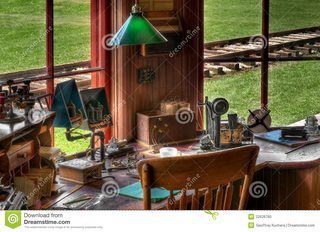Thanks for the information. Portland has vowed to clean up its homeless camps. Hopefully they will.
This is obviously a very difficult topic, but I will say a few things about it from an urban development/transit position.
The visible problem with homelessness is just the tip of the iceberg of housing prices. Even if we accept that many homeless are there because of antisocial behavior, and if the outward signs of that behavior can be removed--- there are many people in the area, some with really good jobs, who are really feeling pressured on rent. This is a systemic problem, and the economic link is pretty clear --- if average rents go up by x%, homelessness will go up by y%
But also, to put that in context, a lot of it has to do with how fast Oregon, and the Portland area, have grown in the past 50 years. 50 years ago, Oregon had less people than Iowa, Kansas, Oklahoma, Mississippi and Connecticut, and now it has surpassed them. And 50 years ago, the Portland metropolitan area had less people than the metro areas of Kansas City, Milwaukee, Indianapolis, Cincinnati, Columbus, Cleveland, Buffalo and Providence. Now it is larger than all of them. In the past 50 years, Portland, which was once an obscure little resource town on the edge of the continent, has grown to be larger than the "big cities" of 50 years ago. Some of those metro areas have actually shrunk in population. In 1970, the Portland Metro area had 1.1 million people and Buffalo NY had 1.3 million people--- now, those numbers are 2.5 million and 1.2 million people. So over the last 50 years, the Portland metro area grew by the population of Buffalo...which itself shrank!
So a lot of what is going on in Portland and the West Coast right now is the effect of systemic changes in the economy, where Portland becoming a big tech city has priced out many people. Also, the decision of Portland to limit land use and focus on density and transit might be partly responsible for that---not because it has restricted supply, but because it has increased demand. Portland and Oregon have been success stories---until they were so successful that it started causing problems.







































